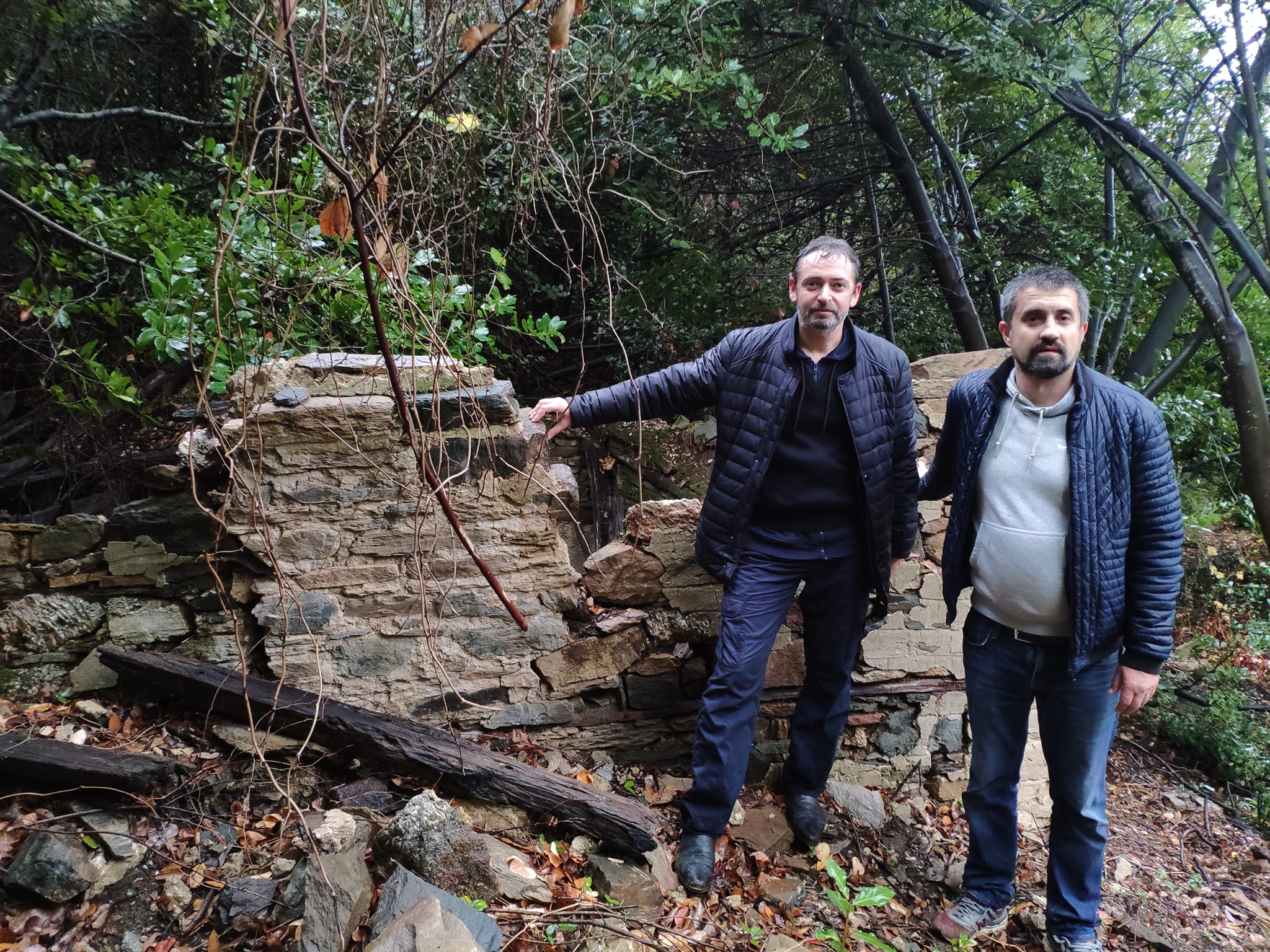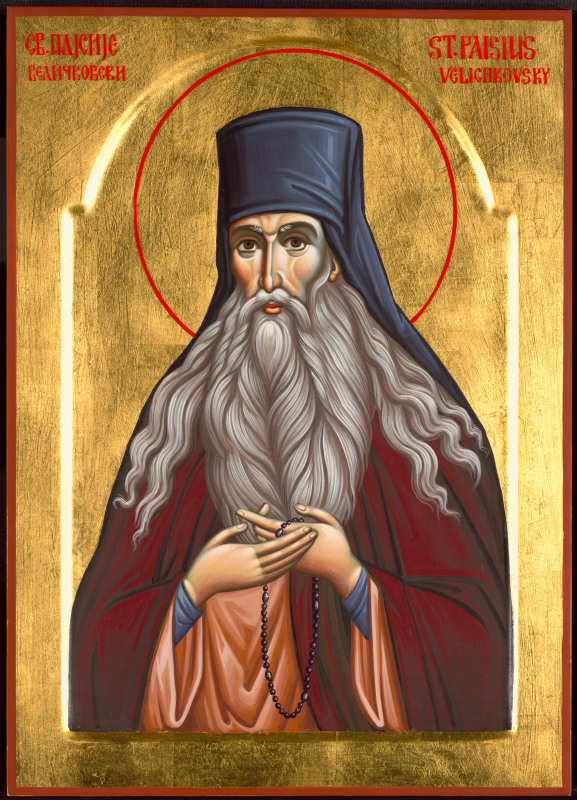
Remains of cells once lived in by the Ukrainian Orthodox saint, Paisius Velichkovsky (also spelled, Paisii Velichkovsky), have been discovered on Greece’s monastic community of Mount Athos.
The recently rediscovered cell consists of a small stone monastic hut. According to Serhii Shumylo, director of the International Institute of the Athonite Legacy, the hut was probably imhabited by Saint Paisius during his time on Mount Athos.
The cell
The cell was reportedly unintentionally discovered by a group of Athonite monks who were cutting back the thickets of the monastery forest. The monks invited Shumylo to examine the dilapidated cell and see if he could shed some light on its history.
Shumylo came with Olexander Sosonyu, the consul of the Ukrainian consulate in Thessaloniki, to visit the ruins between late November and early December of this year. Shumylo was able to conduct a preliminary survey of the site.
“The ruins of the monastery are in a remote area among dense brush and bushes,” the historian commented. “To get to them, we had to hack our way through the bushes. In the future, it should be further investigated and possibly reconstructed.”
Shumylo is convinced that Saint Paisius once lived in the ruins. “Until recently this cell of the prominent Ukrainian saint was considered to be lost,” he said. “Its historical name was Kaliva Kipari. It was the first place of residence and ascetic life of St Paisii Velichkovsky on Athos.”
“The ascetic rebuilt it by his own efforts,” Shumylo continued. “He lived here in the first years of his stay on Athos in complete seclusion from 1746 to 1754. It was here that he took monastic tonsure with the name Paisii, where he gathered his first disciples around him and marked the beginning of his literary-translating activity.”
The cell is situated on the territory of the former monastery gardens, hence the name “Kipari” (from the Greek word “Κηπουρός,” meaning gardener).

Saint Paisius at Mount Athos
Saint Paisius, whose birth name was Pyotr Velichkovsky, was born on December 21, 1722, in Poltava, Ukraine. His father, Ivan was also an Orthodox Christian priest. Paisius was the eleventh of twelve children.
In 1735, the saint began his studies at the Kyiv Theological Academy. Between 1741 and 1746, he spent time in different monastic environments in Ukraine, Moldavia, and Romania. During this time, he was influenced by the monk Ignatii and Basil of Poiana Mărului, who educated him in the Athonite Hesychast observances.
In 1746, Saint Paisius came to Mount Athos at the age of twenty-four. He was welcomed at the Pantocrator Monastery, where he was assigned to live at the Kipari residence, recently discovered by Athonite monks. He spent four years immersed in solitude and prayer at this residence.
During his time at the Kipari cell, Saint Paisius practiced asceticism. Asceticism is an extremely strict form of self-discipline. Ascetics withhold from all forms of indulgence. It is a common practice by Orthodox monks, hermits, and priests.

Influence and later life
Saint Paisius ended his solitude after a visit to Mount Athos by Basil of Poiana Mărului. Basil tonsured him as a lesser schema monk, with the name of Paisius, and persuaded him to conclude his solitude at Kipari.
The Ukrainian saint then founded a Hesychastic monastic community of mainly Romanian and Slavonic disciples. In 1758, he was ordained into the priesthood by Bishop Gregory Rasca. By now, his monastic community had grown much larger, so he moved to the Skete of St. Elias (Elijah).
Much of his religious practice was dedicated to the study of the texts written by the Holy Fathers, which he collected and copied. Meanwhile, his teachings continued to attract more disciples, and his monastic community grew. The Ukrainian saint remained on Mount Athos, where he translated Greek religious texts into Slavonic, for seventeen years.

At the age of forty-two, Saint Paisius was asked by Prince Grigore III Ghica of Moldavia to oversee the revival of monasticism in his country. In 1764, he left with sixty-four of his disciples and took up residence at Dragomirna Monastery in Bucovina, Moldavia.
Soon, the community of monks at Dragomirna grew to 350. However, Bucovina was annexed by the Austrian Empire, and the monastic community was forced to relocate. They found a new home at the Neamț Monastery in 1779.
The community grew to seven hundred, and the monastery became an important center of pilgrimage. Refugees displaced by the Austrian annexation were also welcomed at Neamț.
During his time at the Neamț Monastery, Saint Paisius completed the Slavonic translation of the Philokalia. The Philokalia (φιλοκαλία), meaning “love of the beautiful,” is a set of religious texts written between the fourth and fifteenth centuries to guide Eastern Orthodox monks in the practices of a contemplative and spiritual life.
In 1793, Saint Paisius’ translation was printed in Russian. He passed away a year later in 1794. He is best remembered in the Orthodox religion for revitalizing Hesychastic monastic life in the eighteenth century.
See all the latest news from Greece and the world at Greekreporter.com. Contact our newsroom to report an update or send your story, photos and videos. Follow GR on Google News and subscribe here to our daily email!



